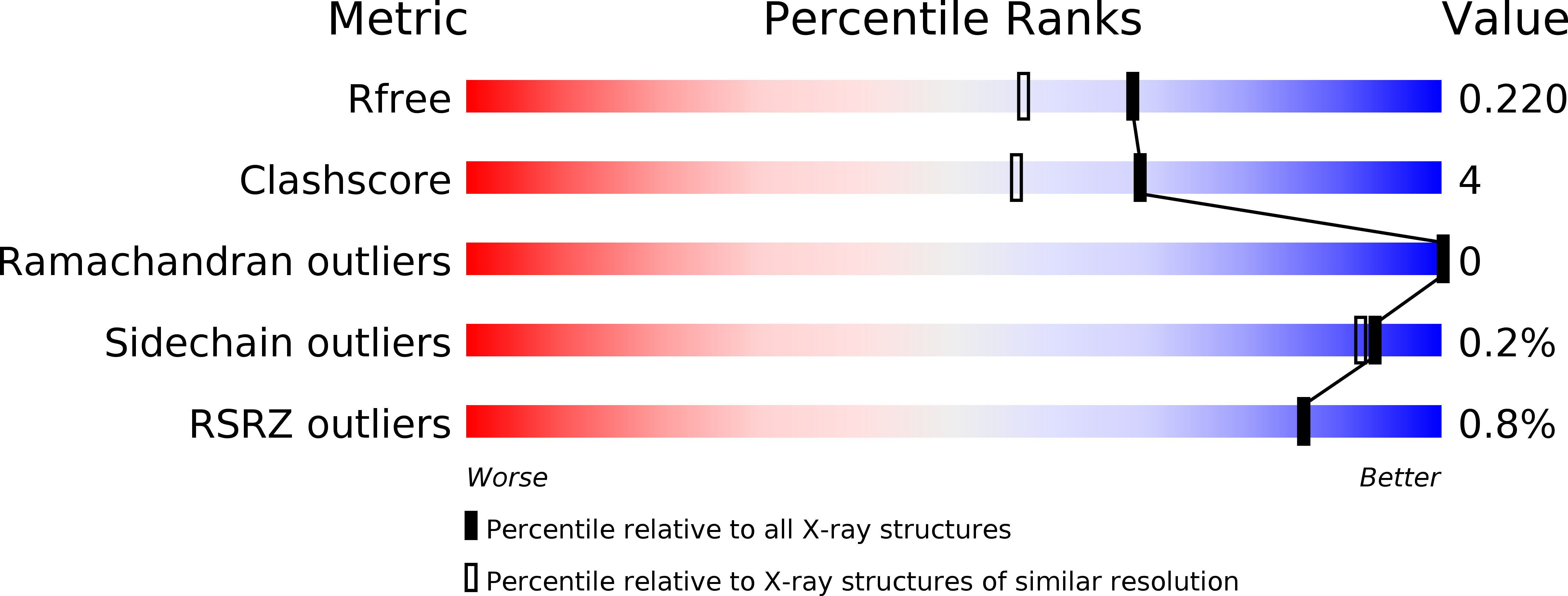
Deposition Date
2019-06-24
Release Date
2019-12-11
Last Version Date
2024-03-13
Entry Detail
PDB ID:
6PGL
Keywords:
Title:
Structure of Kluyveromyces marxianus Usb1 with uridine monophosphate
Biological Source:
Source Organism:
Host Organism:
Method Details:
Experimental Method:
Resolution:
1.85 Å
R-Value Free:
0.21
R-Value Work:
0.18
R-Value Observed:
0.18
Space Group:
P 21 21 21


